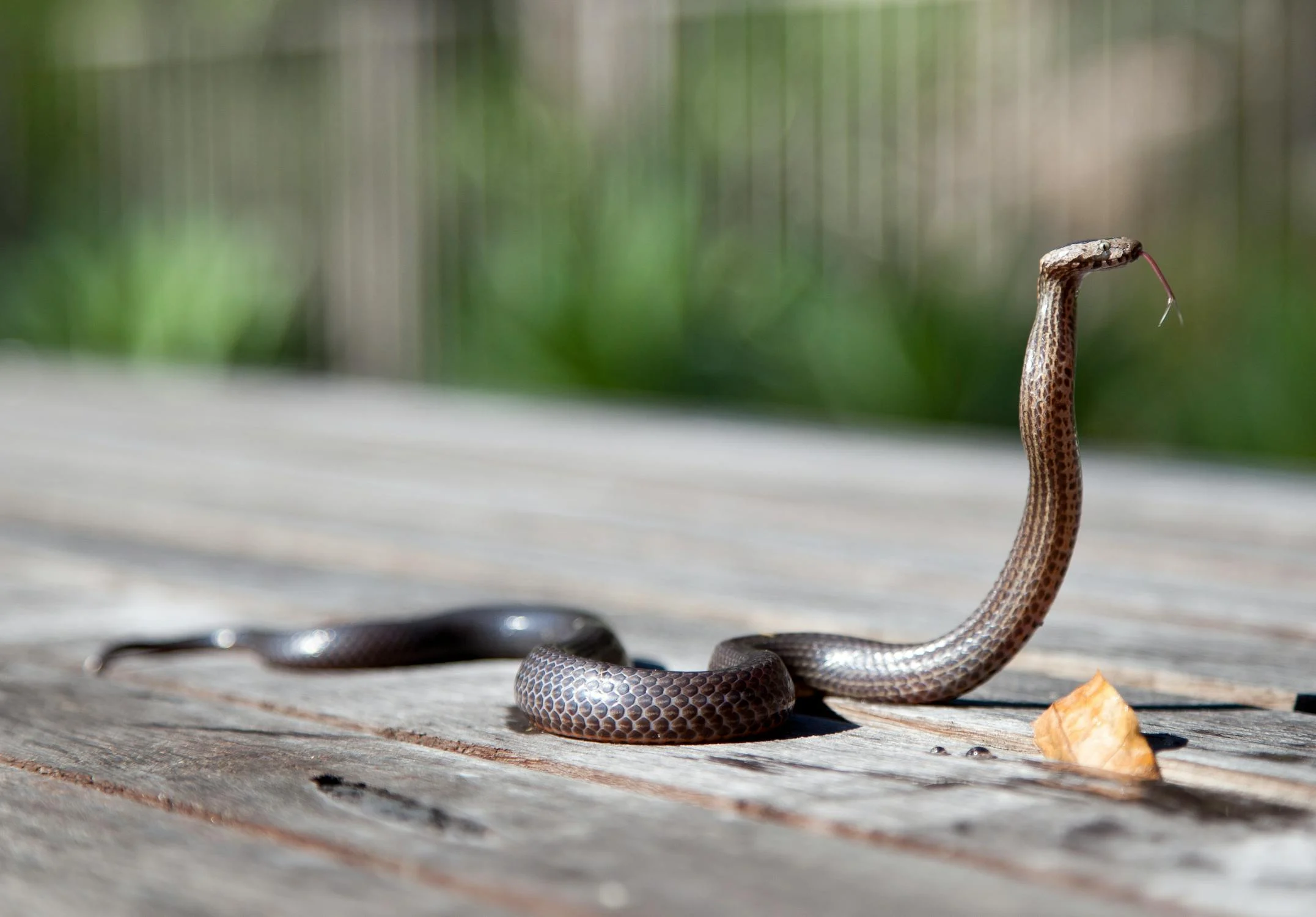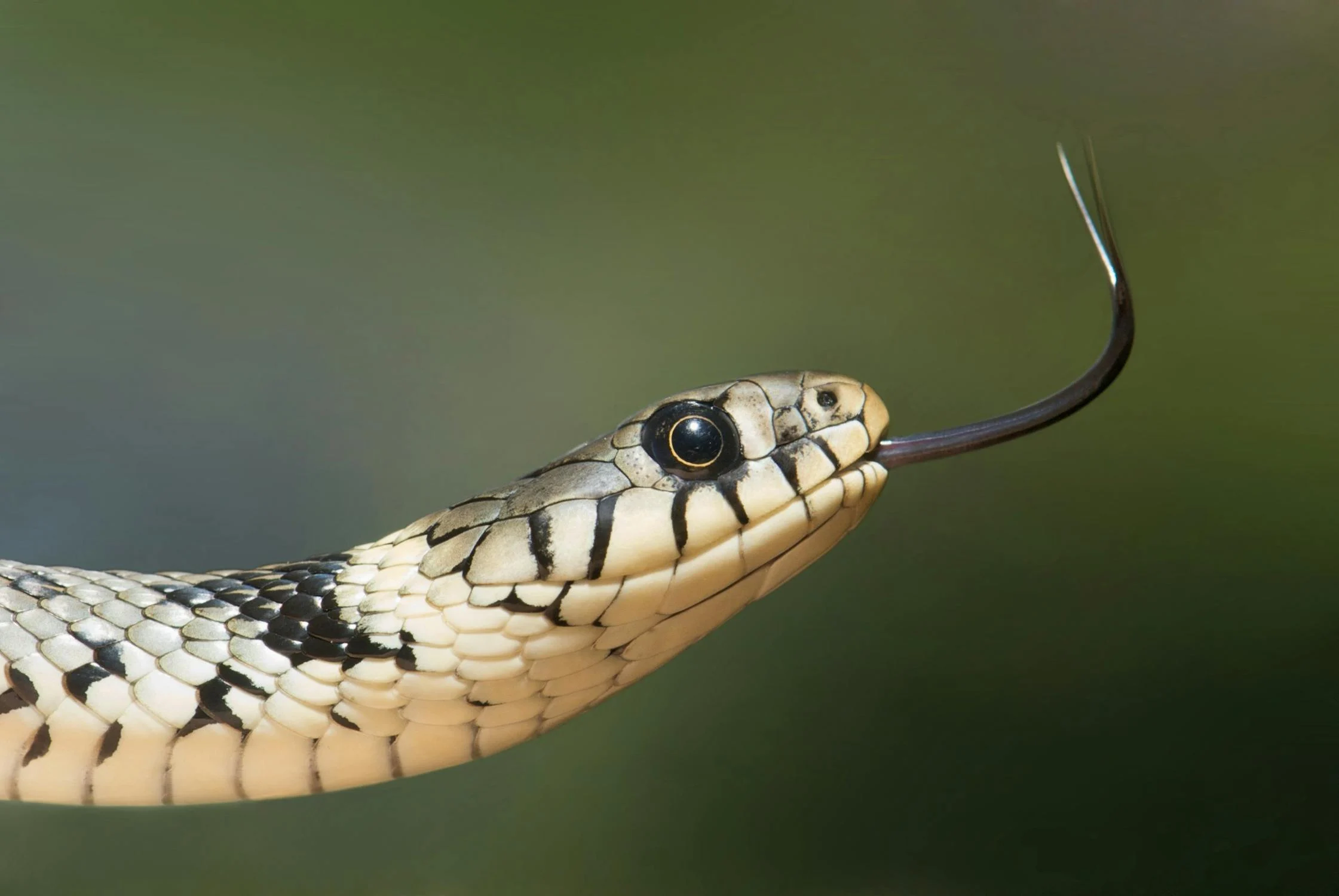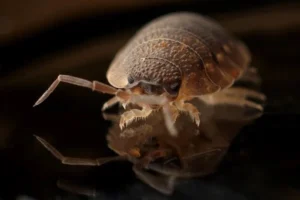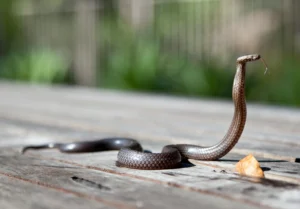How was a “one-of-a-kind” snake venom antidote made from the blood of a man bitten 200 times?

Scientists say that the blood of an American man who deliberately injected himself with snake venom for nearly two decades has helped create an “unmatched” antivenom.
The antibodies found in Tim Friede’s blood have proven their ability to protect against lethal doses of a wide range of toxins from different snake species used in scientific experiments on animals.
And the antibodies present in Tim Friede’s blood have proven their ability to protect against lethal doses of a wide range of toxins from different snake species used in scientific experiments on animals. Normally, current treatments must match the type of snake venom that bites the person.
Usually, the current treatments used must match the type of snake venom that bites the person.
Usually, the current treatments used must match the type of snake venom that bites the person. But Tim’s 18-year mission may be a significant step in finding and manufacturing a universal antivenom used to treat all snake bites—which kill up to 14,000 people annually and leave three times that number needing amputations or facing permanent disability.
But the mission Tim undertook, which lasted 18 years, could be a significant step in finding and manufacturing a universal antivenom used to treat all snake bites— which kill up to 14,000 people annually and leave three times that number needing amputations or facing permanent disabilities.
Overall, Tim has endured over 200 bites and prepared more than 700 venom injections from some of the world’s most dangerous snakes, including various types of cobras, mambas, taipans, and kraits.
At first, he wanted to build a strong immunity to protect himself when dealing with snakes, so he documented his experiments on YouTube.
At first, he wanted to build a strong immunity to protect himself when dealing with snakes, so he documented his experiments on YouTube. But Tim Fried, who previously worked as a truck mechanic, said he “completely messed up” at first when he exposed himself to two consecutive cobra bites, which led to him falling into a coma.
But Tim Reid, who previously worked as a truck mechanic, said he “totally messed up” at first when he exposed himself to two consecutive cobra bites, which led to him falling into a coma.
He told the BBC, “I didn’t want to die. I didn’t want to lose my finger. I didn’t want to miss work.”
He told the BBC, “I didn’t want to die. I didn’t want to lose my finger. I didn’t want to miss work.” Fred’s motivation was to develop better treatments for the rest of the world, explaining, “It became just a way of life. I kept striving and working as hard as I could – for the people 8,000 miles away who are dying from snake bites.”
Fred’s motivation was to develop better treatments for the rest of the world, explaining, “It has become a way of life. I continued to strive and work as hard as I could – for the people who are 8,000 miles away from me and who die from snake bites.”
Antivenom is currently made by injecting small doses of snake venom into animals, such as horses. Their immune system fights the venom by producing antibodies, which are collected for use as a treatment.
Antivenom is currently made by injecting small doses of snake venom into animals, such as horses. Their immune system fights the venom by producing antibodies, which are collected for use as a treatment.
However, the venom and antivenom must be perfectly matched, as the toxins in any venomous bite vary from species to species.
But the venom and the antidote must be exactly identical, because the toxins in any venomous bite differ from one species to another.
But the venom and the antivenom must be perfectly matched, because the toxins in any venomous bite differ from one species to another. There is also significant variation even within the same species—antivenom made from snakes in India is less effective against the same type of snake in Sri Lanka.
There is significant variation even within the same species – the antivenom made from snakes in India is less effective against the same type of snake in Sri Lanka.
There is significant diversity even within the same type – the antivenom made from snakes in India is less effective against the same type of snake in Sri Lanka. A team of researchers began looking for a type of immune defense called broadly neutralizing antibodies. Instead of targeting the part that distinguishes the venom, they target the common parts among entire classes of venoms.
A team of researchers had begun searching for a type of immune defense called broadly neutralizing antibodies. Instead of targeting the part that distinguishes the toxin, they target the common parts among entire classes of toxins.
A team of researchers had begun searching for a type of immune defense called broa .

The team is trying to further improve the antibodies and see if adding a fourth component could lead to complete protection against the venom of the black mamba.
The team is trying to further improve the antibodies and see if adding a fourth component could lead to complete protection against the venom of the Gaboon viper. The other category of snakes—the vipers—relies more on hemotoxins, which attack the blood, rather than neurotoxins. In total, there are about 12 broad categories of toxins in viper venom, which also include cytotoxins that directly kill cells.
The other category of snakes—vipers—relies more on hemotoxins, which attack the blood, instead of neurotoxins. In total, there are about 12 broad categories of toxins in viper venom, which also include cytotoxins that kill cells directly.
The other category of snakes, the vipers, rely more on hemotoxins, which attack the blood, rather than neurotoxins. There are approximately 12 broad categories of toxins in viper venom, which also include cytotoxins that directly kill cells. Professor Peter Kong, one of the researchers at Columbia University, said, “I believe that within the next ten to fifteen years, we will have an effective antidote for each category of these toxins.”
Professor Peter Kong, one of the researchers at Columbia University, said: “I believe that within the next ten to fifteen years, we will have an effective antidote for each class of these toxins.”
Professor Peter Kong, one of the researchers at Columbia University, said, “I believe that within the next ten to fifteen years, we will have an effective antidote against every class of these toxins.” He added, “Tim’s antibodies in his blood are truly exceptional – his immune system has been trained to acquire this very broad spectrum.”
He added, “The antibodies in Tim’s blood are truly exceptional – he has trained his immune system to acquire this very wide spread.”
He added, “Tim’s antibodies in his blood are truly exceptional – his immune system has trained to acquire this very wide spread.” Researchers are very hopeful of either finding a single antivenom capable of doing everything or one shot for pit vipers and another for other snakes.
Researchers have high hopes of either developing a single antivenom capable of doing everything or a single injection for elapid snakes and another for other snakes.
Researchers have high hopes of either developing a single antivenom capable of doing everything or one injection for elapid snakes and another for other snakes. Professor Nick Casewell, head of the Snakebite Research and Intervention Centre at the Liverpool School of Tropical Medicine, said the reported range of protection is “undoubtedly new” and provides “strong evidence” for the effectiveness of this approach.
Professor Nick Casewell, head of the Snakebite Research and Interventions Centre at the Liverpool School of Tropical Medicine, said the reported range of protection is “undoubtedly new” and provides “strong evidence” for the efficacy of this approach.
Professor Nick Casewell, head of the Snakebite Research and Intervention Centre at the Liverpool School of Tropical Medicine, said the reported range of protection is “undoubtedly new” and provides “strong evidence” for the efficacy of this approach. He added, “There is no doubt that this work is moving the field towards exciting horizons.”
He added, “There is no doubt that this work is moving this field towards exciting horizons.”
He added, “There is no doubt that this work is moving this field towards exciting horizons.” But he warned that there is “a lot of work to be done,” and that the antidote still needs extensive testing before being used on humans.
But he warned that there is “a lot of work to be done,” and that the antidote still needs extensive testing before being used on humans.
But he warned that there is “a lot of work to be done,” and that the antidote still needs extensive testing before being used on humans. But for Fred, reaching this stage, as he says, “makes me happy.”
But for Farid, reaching this stage, as he says, “makes me happy.”
But for Farid, reaching this stage, as he says, “makes me happy.” He adds, “I am offering something good to humanity, and that was very important to me. I am proud of it. It is truly wonderful.”
He adds, “I am offering something good for humanity, and that was very important to me. I am proud of it. It is truly wonderful.”




